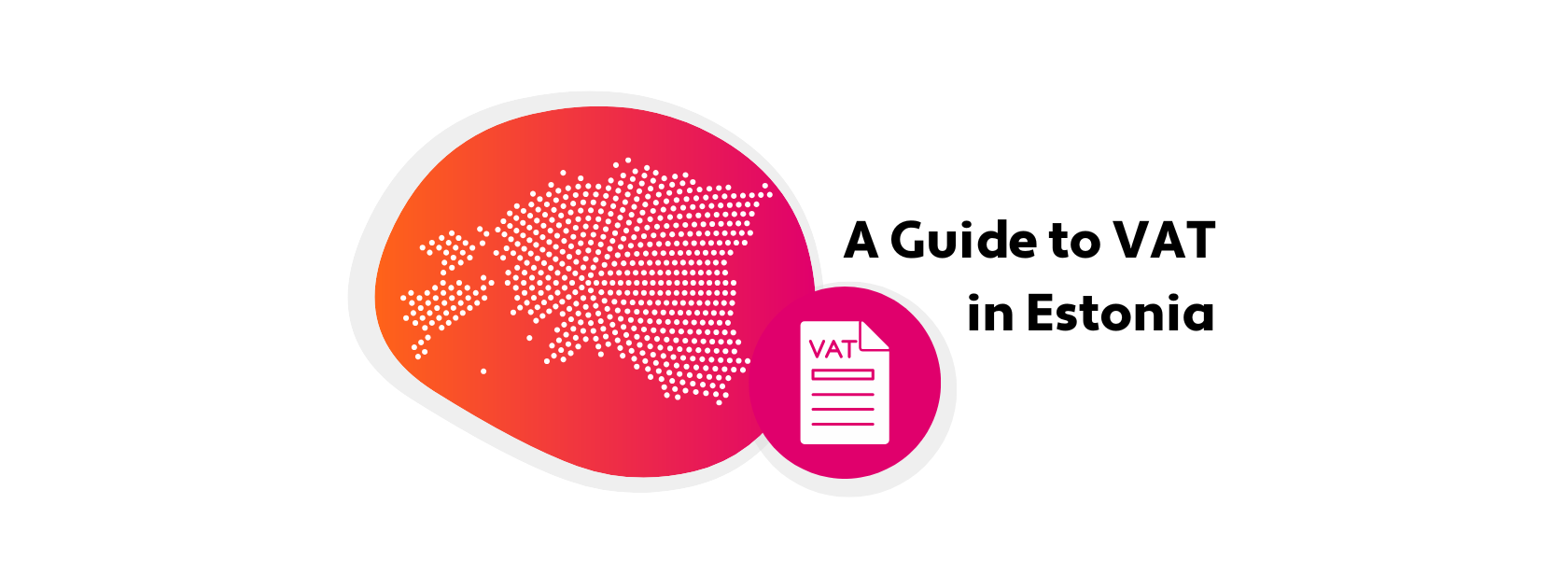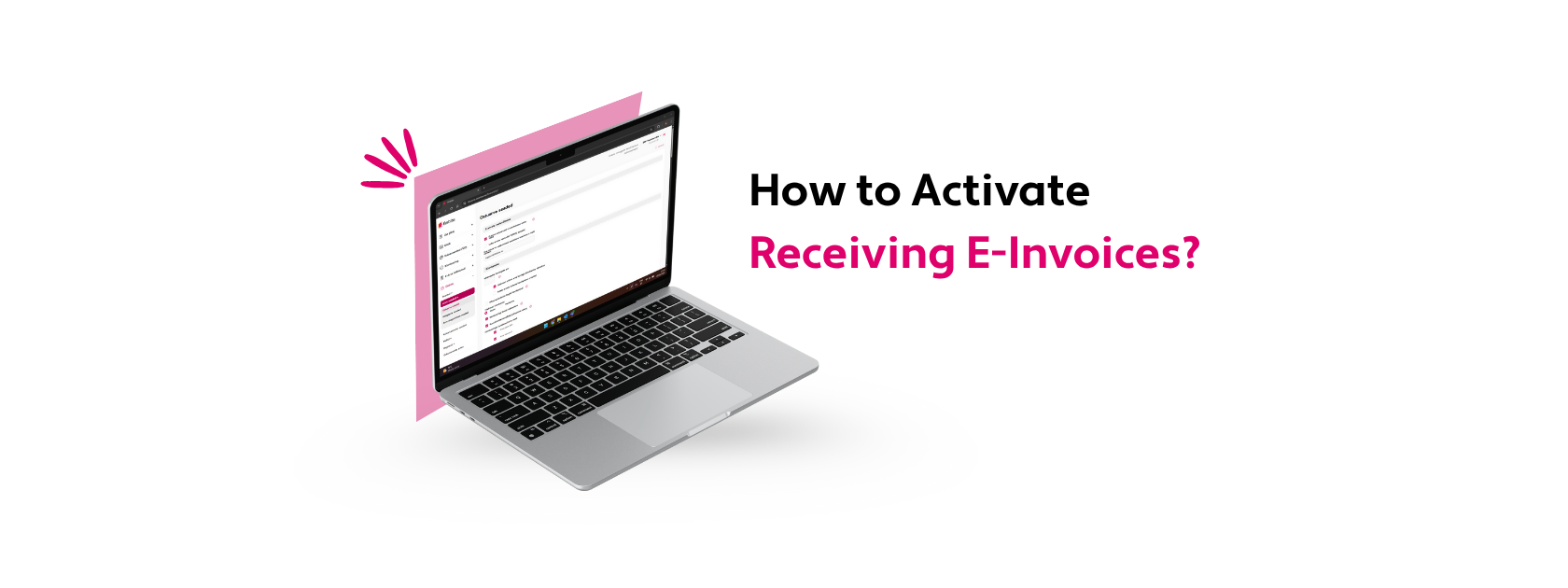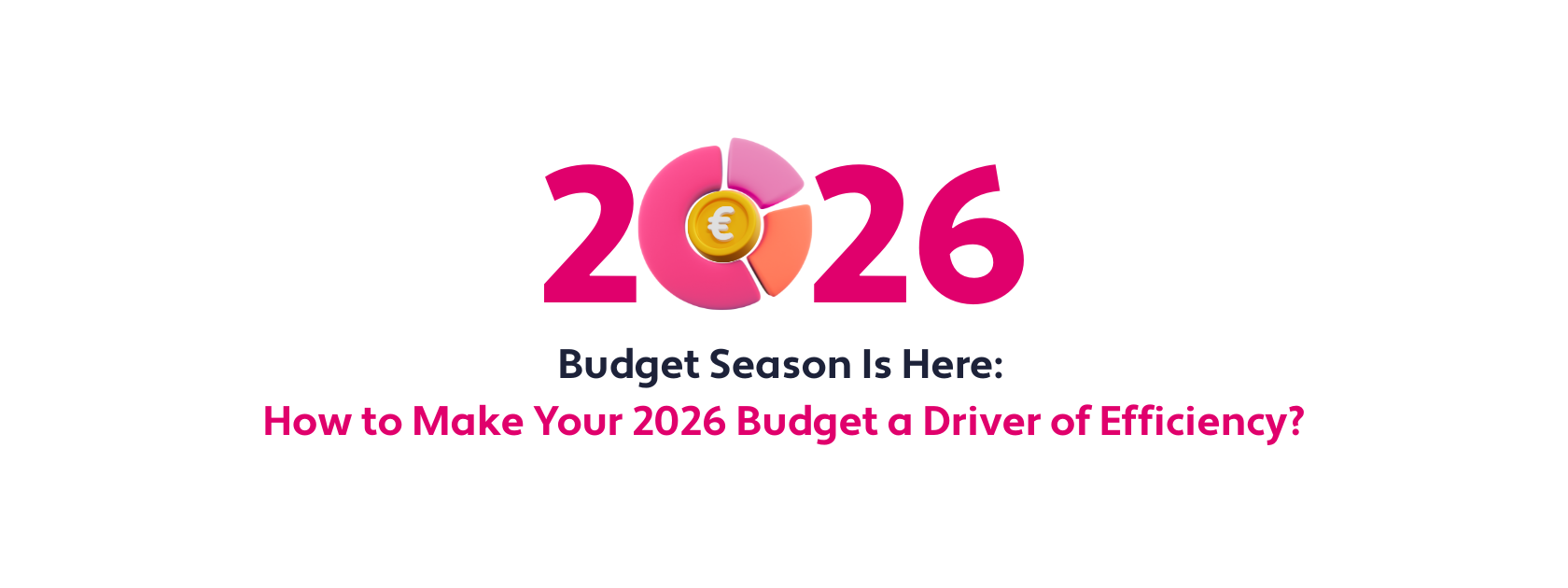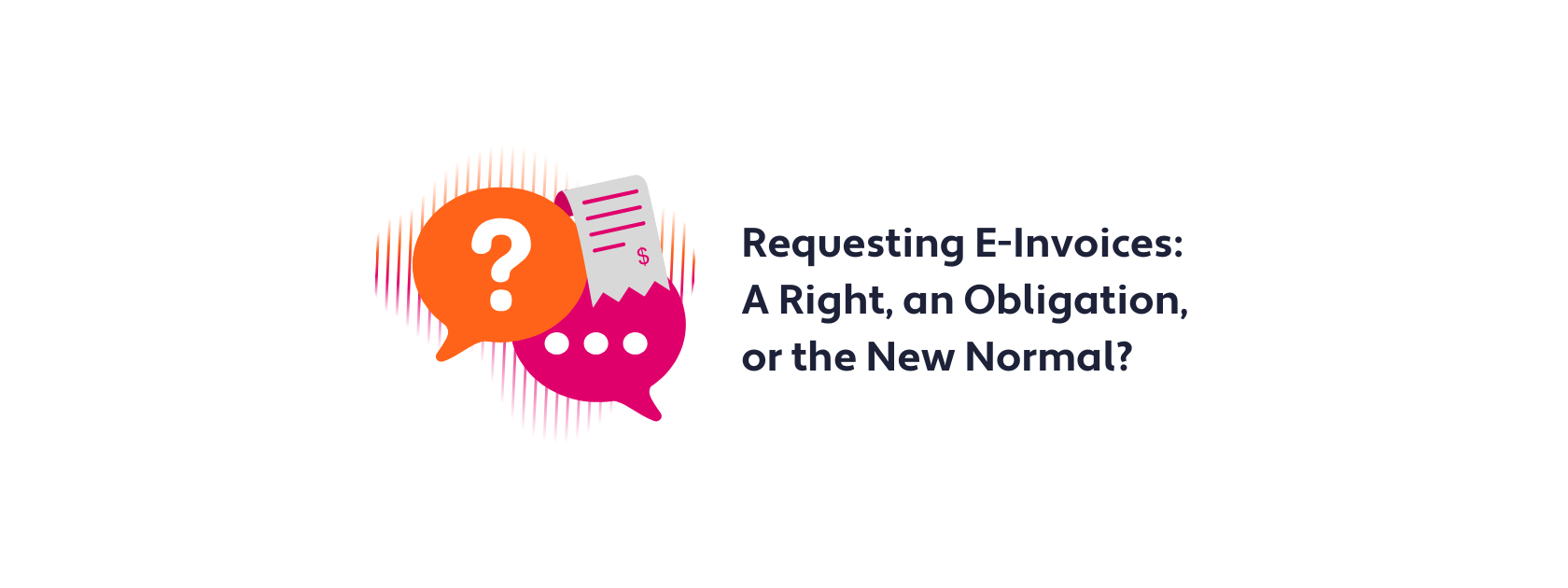
Every year, the Estonian Tax and Customs Board introduces new VAT rules. In 2025, these changes will include VAT rate increases aimed at supporting national defense spending, as well as other VAT changes for specific sectors. For Estonian companies (and foreign companies operating in Estonia) it’s crucial to stay up to date with these changes to ensure compliance and avoid fines.
In this guide, we’ll explore Estonia’s VAT increases for 2025 and how these changes affect VAT invoicing. We’ll explore Estonian VAT invoice requirements in depth and discuss how digital solutions like Finbite can streamline VAT invoicing.
In this article
Understanding Estonia’s VAT System
VAT in Estonia
Estonia’s VAT system operates under the Value Added Tax Act. Like other EU member states, VAT in Estonia applies to most goods and services sold within the country, with VAT-registered businesses acting as tax collectors on behalf of the government.
Estonian companies are required to register for VAT when their annual turnover exceeds €40,000. Businesses below this threshold aren’t required to register but can do so voluntarily.
Estonia’s tax system is also fully harmonized with EU VAT invoice requirements, providing easy access for companies already operating in other EU countries.
Estonia VAT Increase in 2024 and 2025
On 1 January 2024, Estonian VAT rates increased from 20% to 22%. This was a state-imposed change to the Estonian tax system.
The VAT rate of 22% will remain in place for most goods and services until 1 July 2025, when VAT taxation in Estonia will increase to 24%. The Estonian government is calling this VAT increase a temporary defense tax, which is meant to cover the increased defense spending in the country.
However, as of 1 January 2025, there is a VAT rate increase for certain industries:
- 13% VAT on accommodation services (an increase of 4%)
- 9% VAT for press publications (an increase of 4%)
More information about Estonia’s VAT rate changes for 2025 can be found on the website of the Estonian Tax and Customs Board.
Potential Changes in VAT Reporting
In 2023, as a result of correcting errors in the VAT return, an additional VAT of 25 million euros was added by the Estonian Tax and Customs Board. Manual data entry was the main cause of these substantial VAT reporting errors. Estonia’s Ministry of Finance has proposed two solutions to solve this problem:
- Removing the €1,000 threshold: In Estonia, businesses are currently not required to report transactions under €1,000 to the tax system. However, there are plans to amend the Value Added Tax Act, eliminating this €1,000 threshold.
- Mandating e-invoicing for VAT-registered businesses: In Estonia, only 7% of VAT-registered businesses currently accept e-invoices. However, there is a push to follow the EU, which will make e-invoices mandatory for cross-border transactions as of 1 July 2030.
The purpose of eliminating the €1,000 threshold is to give the government a clearer picture of transaction volumes, reduce administrative burdens, and prevent unfair competition.
The introduction of e-invoicing would significantly reduce discrepancies in the Estonian tax system. Unlike a paper invoice or a PDF invoice attached to an e-mail, an e-invoice is a machine-readable file that accounting systems can automatically send and process, eliminating VAT discrepancies due to manual data entry.
It’s estimated that the proposed measures would increase collected VAT by €16.6 million per year. The Ministry of Finance recently sent a proposal for a draft amendment to the VAT Act, which would bring these changes into force in 2027.
What is a VAT ID?
A VAT ID is a unique identification number assigned to businesses registered for Value Added Tax. When VAT-registered businesses create an invoice, they must include their VAT ID. In Estonia, the VAT ID helps tax authorities monitor and verify the tax obligations of VAT-registered businesses.
VAT invoice vs standard invoice
VAT invoices and standard invoices look similar, but there are a few key differences. Businesses not required to collect VAT (ie annual turnover is under €40,000) can issue standard invoices with basic invoice information, such as:
- Invoice date
- Sender information
- Recipient information
- Goods or services provided
- Total amount
A VAT invoice is issued by businesses required to collect VAT (if goods and services are also subject to VAT). These invoices contain the same basic information as standard invoices, but also some additional information, such as a VAT ID, the applicable Estonian VAT rate, and the total VAT amount.
VAT invoice requirements in Estonia
In Estonia, there are three types of VAT invoices, each with specific requirements depending on the value of the sale and type of business transaction:
Full VAT Invoice
Full VAT invoices are required for most B2B transactions and high-value sales. This is the standard invoice format that contains all VAT information. According to the Value-Added Tax Act, requirements for a full VAT invoice include:
- Serial number and date of issue of the invoice
- Supplier info and registration number
- Recipient info and registration number
- Description and quantity of the goods or services;
- Date of dispatch of the goods or provision of the services
- Price of goods or services excluding VAT and any discounts
- Taxable amounts, broken down by different VAT rates
- Total VAT amount payable
Modified VAT Invoice
Modified VAT invoices are used for specific transactions where certain information can be omitted or modified, typically for recurring transactions or in specific industry sectors. Modified VAT invoices should meet all requirements of a full VAT invoice, with some exceptions:
- Invoice issuer can refer to a contract or agreement instead of including a description
- Invoice issuer can use simplified product descriptions if well-established between parties
When sending a modified VAT invoice, it’s also important to include a reference to the original agreement or contract.
Simplified VAT Invoice
A simplified invoice is a type of VAT invoice that can be used for retail transactions and small-value sales (under €160 including VAT). Simplified VAT invoices must include standard VAT information such as VAT number, VAT rate, and total VAT amount. However, with simplified VAT invoices, suppliers are not required to include customer details unless requested.
Digital solutions for VAT invoicing
Creating VAT invoices
As an all-in-one invoicing solution, Finbite lets users create, send, and receive VAT invoices in any format, including e-invoice format. To create a VAT invoice through Finbite’s user-friendly interface, users must enter details such as:
- Purchase amount
- Recipient’s information
- Invoice number
- Invoice payment due date
- Sender’s VAT number
Users can add multiple invoice rows for different goods and services, each with their own VAT rate. The system will then calculate the VAT for each row based on the corresponding VAT rate. After entering all items and corresponding VAT rates, the system also calculates the total amount without VAT, total VAT amount, and invoice total amount.
After creating a VAT invoice, users can send it in e-invoice format or directly to the recipient’s bank.
Managing different VAT rates in your invoice system
When offering goods and services with different VAT rates, managing VAT invoices can be confusing. For example, when creating VAT invoices using spreadsheets, employees must manually enter the correct VAT rate for each item within the invoice. This process is time-consuming and increases the risk of human error.
Finbite makes it easy to manage multiple VAT rates through:
- Flexible VAT rates: Businesses can easily adjust VAT rates for each invoice and apply different VAT rates for specific goods and services within a single invoice.
- VAT code list: Finbite users can build a customized list of VAT codes and quickly select the appropriate VAT rate when creating new invoices.
The Finbite software performs all VAT calculations automatically, eliminating the risk of human error when using multiple VAT rates.
Storing VAT invoices in a digital archive
Storing paper VAT invoices or using digital mediums can be inefficient and increase the chance of lost or damaged invoices. Finbite’s digital archive is an effective solution for storing VAT invoices. Users can digitize and categorize VAT invoices through the Finbite environment. Then, all VAT invoices are duplicated and stored in Finbite’s secure digital archive.
Accessing VAT invoices for tax purposes is also easy with Finbite. For example, during an audit, Finbite users can give auditors direct access to their digital archive, reducing the workload for their accounting team.
In Estonia, all VAT invoices must be stored for 7 years. By law, businesses in Estonia are not required to use a physical archive for VAT invoices. In fact, due to the efficiency and accuracy of digital archiving, there have been efforts to make digital archiving mandatory in Estonia.
FAQ: Estonia VAT 2025
Do Estonian companies pay VAT on invoices?
Estonian companies pay VAT on invoices if the invoice issuer is obligated to collect VAT under Estonian law. Small businesses with annual turnover under €40,000 are not obligated to collect VAT on their invoices (but they can do so voluntarily). Businesses with annual turnover exceeding €40,000 must issue VAT invoices.
Is there any free software to create VAT invoices?
Finbite offers a free Starter plan allowing users to create up to 5 free VAT e-invoices (incl PEPPOL) per month. By upgrading to Finbite’s Lite plan (10€ per month), users can create unlimited VAT e-invoices.
How do I create an invoice with VAT?
To create an invoice with VAT, first determine the type of VAT invoice you need to send (Full, Modified, or Simplified). With Finbite, you can create a VAT invoice by entering standard invoice information such as invoice number and recipient info, as well as your VAT number. When entering invoice items, you can add the applicable VAT rate for each item. Finbite will then automatically calculate VAT amounts.
What is the best VAT invoice software in the Baltics?
Finbite is the best VAT invoicing software in the Baltics. As an all-in-one invoicing solution, Finbite users can easily create, send, and receive VAT invoices in any format. Through integration with leading ERPs in the Baltics like SimplBooks and Scoro, businesses in the Baltics can sync their existing systems with Finbite for an easy transition to e-invoicing.
When do I need to issue a VAT invoice in Estonia?
If your business is required to issue VAT invoices (if annual turnover exceeds €40,000), you must issue a VAT invoice no more than seven calendar days from the date of the delivery of goods or services.
Ensure VAT compliance with Finbite’s VAT invoicing solutions
With VAT rates changing every year and special rates for certain sectors, taxation in Estonia can be confusing. However, Finbite’s all-in-one invoicing solution makes it easy to create and send VAT invoices that comply with Estonia’s 2025 VAT rules.
Finite allows users to add multiple VAT rates and automatically calculate VAT amounts, eliminating manual errors, saving time, and ensuring compliance with Estonia’s VAT rules for 2025.
Get started with Finbite for fast, accurate VAT invoicing in Estonia.





